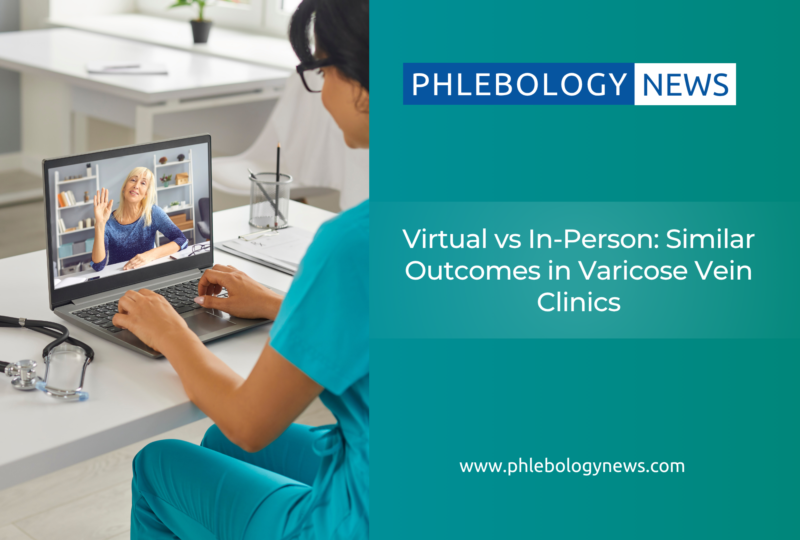By Omer Hamza Dinç – Founder & Editor, Phlebology News
A recent study published in Phlebology (2025; DOI: 10.1177/02683555251332989) offers timely insight into how virtual consultations may be integrated into modern venous services. The article, “Patient outcomes in face-to-face clinics compared to virtual clinics for initial varicose vein consultations,” is authored by Kathryn McKnight, Mahtab Nezafat, Daniel Westby, Megan Power Foley, Aoife Lowery and Stewart Walsh. Their work examines whether initial telephone-based consultations yield patient outcomes comparable to those conducted in a traditional face-to-face setting.
According to the study, virtual consultations were found to be “as effective as face-to-face consultations with respect to patient consultation outcomes.” While the abstract does not specify the full range of outcome measures, the findings suggest that virtual appointments may serve as a reliable alternative for several aspects of first-stage venous assessment. These include discussion of symptoms, medical history, CEAP categorisation, treatment decision-making and referral for further diagnostics.
For clinics operating under increasing demand or serving geographically dispersed populations, these results may hold practical relevance. A structured virtual consultation pathway can help streamline workflows, reduce waiting times and improve patient accessibility—without necessarily affecting the quality of clinical decisions made at this early stage. The study notes that similar proportions of patients from both consultation types proceeded towards intervention, conservative therapy or surveillance programmes, suggesting that consultation modality did not significantly alter clinical direction.
However, as with all developments in patient pathways, appropriate context is essential. Venous disease covers a wide spectrum, and certain presentations—such as complex ulceration, recurrent disease, suspected deep venous obstruction or lymphatic involvement—will continue to require in-person assessment and duplex ultrasound from the outset. The study focuses specifically on initial varicose vein consultations, and does not address long-term outcomes, imaging accuracy or management of more complex cases.
At Phlebology News, our approach is to remain informative rather than critical, presenting emerging research in a clear, accessible and balanced manner for clinicians, surgeons and healthcare professionals.
